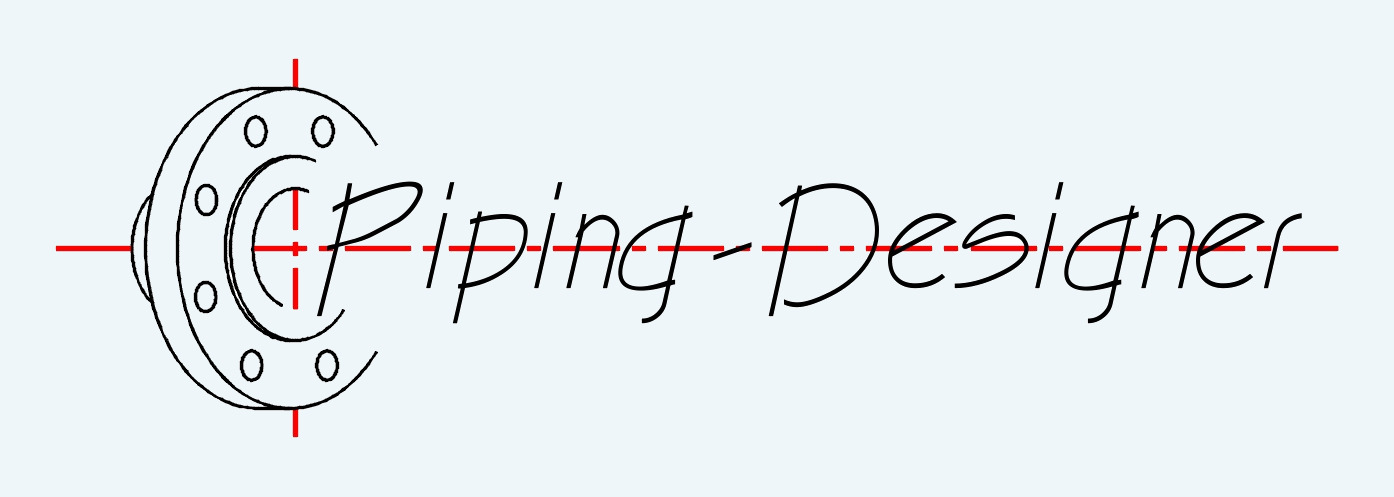Surface Fatigue Wear
Surface fatigue wear, also called contact fatigue wear or rolling fatigue wear, is repeated rolling or sliding contact, in which the shear stresses bring about microcracks, particles and form wear pits that destroy the surface. It is a type of wear that occurs on the surface of materials due to repeated cyclic loading and unloading, especially under conditions involving rolling or sliding contact. It is a common phenomenon in mechanical systems where components like gears, bearings, and rolling elements experience repeated loading and motion.
Surface fatigue wear typically arises due to the accumulation of stress cycles that lead to the formation and propagation of cracks on the material's surface. This wear mechanism is particularly relevant in situations where the contact pressures are high and the materials are subjected to alternating stresses, as is the case in gears transmitting power, bearings supporting loads, and other mechanical systems involving rolling or sliding.
To mitigate surface fatigue wear, engineering strategies can include using materials with enhanced fatigue resistance, improving lubrication to reduce friction and wear, modifying the design of components to distribute stresses more evenly, and employing techniques like shot peening or surface hardening to enhance the material's resistance to crack initiation and propagation. Understanding and managing surface fatigue wear is essential in designing reliable and long lasting mechanical systems that are subjected to cyclic loading and rolling or sliding contact.

